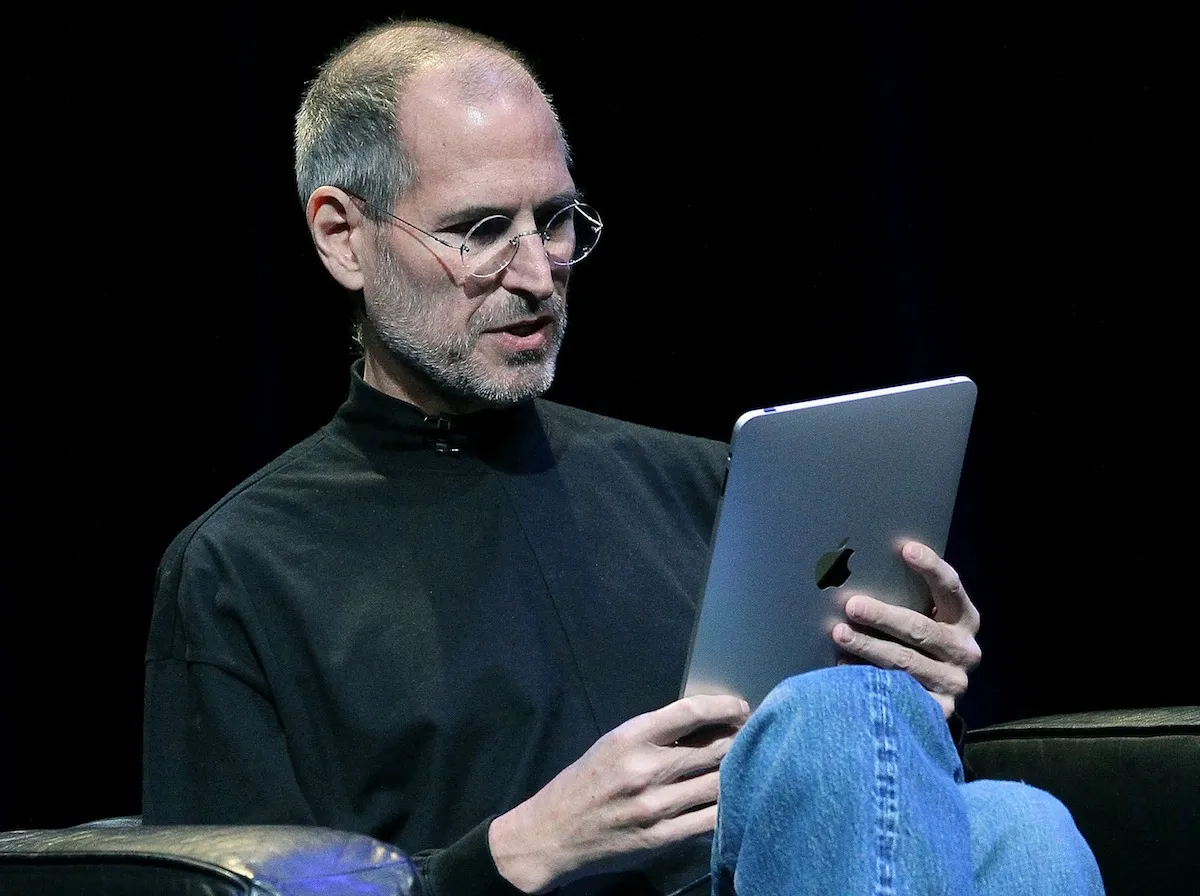
The iPad has reached its 14th year, marking a significant milestone in the world of tablets. Despite not being the first tablet PC, Apple’s introduction of the iPad in 2010 revolutionized the concept of a portable computer. Earlier attempts by various companies in the 90s and Microsoft’s Tablet PC vision in 2002 fell short, paving the way for Apple’s innovation.
Apple’s foray into the tablet market on April 3, 2010, marked a turning point, signaling a new category of device that bridged the gap between laptops and smartphones. The launch, accompanied by a memorable keynote by Steve Jobs, set the stage for a disruptive product.
Contrary to expectations, the first-generation iPad diverged from being a tablet version of a Mac and instead resembled a larger iPhone. Despite raising eyebrows initially, this strategy resonated with users seeking a device for basic tasks such as web browsing and email communication.
The modest price of $499 positioned the iPad as a viable alternative to laptops and netbooks, offering convenience and familiarity akin to the iPhone on a larger screen. This approach, although unconventional at the time, proved successful in redefining the tablet market.
Steve Jobs’ analogy of computers as “trucks” and the impending shift towards Post-PC devices like the iPad and iPhone foreshadowed a new era in technology consumption. The simplicity and functionality of the iPad garnered widespread acceptance, leading to a surge in tablet adoption.
However, as the market evolved, the dominance of iPads waned, accompanied by challenges faced by Android tablets. The emergence of phablets like the Galaxy Note signaled a shift towards larger smartphones that could perform tablet functions, complicating the tablet landscape.
Despite these shifts, Apple’s A4 chip, initially introduced with the iPad, laid the foundation for Apple Silicon, revitalizing the Mac lineup. The strategic integration of powerful chips in iPads ultimately paved the way for the evolution of Apple’s computing ecosystem.
While 2023 marked a pause in iPad launches, anticipated updates hint at a significant overhaul in the lineup to address changing consumer needs. The evolution of iPad variants underscores Apple’s quest to challenge traditional computing paradigms.









